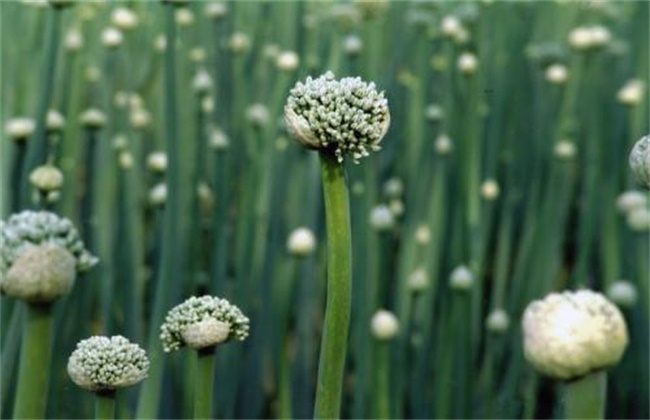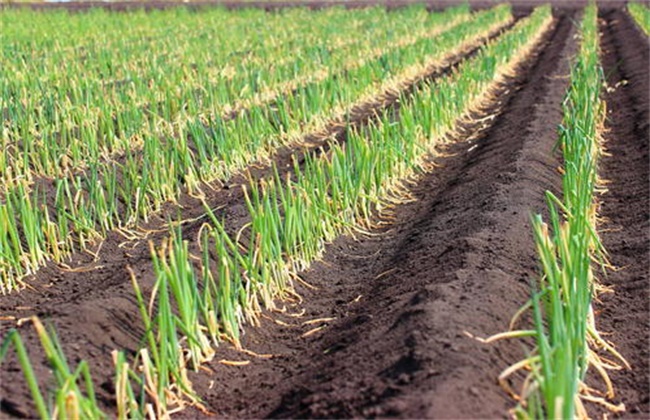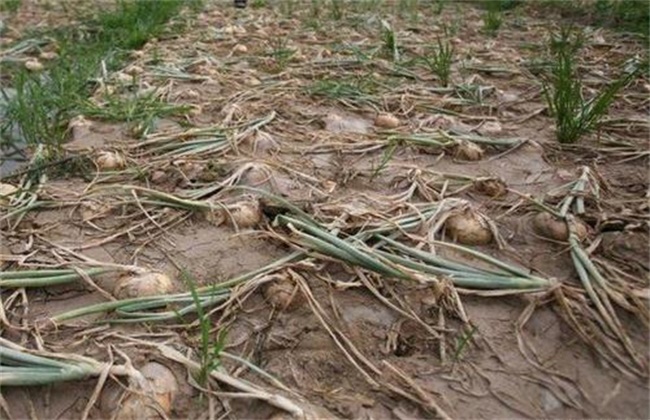Management techniques of Onion in Spring
Onion cultivation is still very common in China, because of its good taste and rich nutritional value, it is also welcomed by many people. Onions are generally suitable for sowing around September, but now the planting technology is more and more developed, and onions can be planted in spring. So how to manage growing onions in spring? Today, the editor brings you the management technology of onion in spring. Let's take a look at it.

1. Scientific fertilization
In the spring, when the onions turn green, we will start to fertilize. The main purpose is to provide sufficient growth nutrition for onion roots and lay a good foundation for the growth of onion aboveground parts in the later stage. When applying fertilizer, we should pay attention to the selection of fertilizer. Fertilizer is generally based on rotten farm manure, and then pay attention to control the amount of fertilizer application. Generally apply about 1000kg per mu, but also with an appropriate amount of calcium superphosphate and potassium sulfate and other fertilizers. If it is plastic film planting, then apply an appropriate amount of diamine sulfate or potassium sulfate per mu.
When the onion grows nine true leaves and the bulb begins to swell, head-boosting fertilizer is applied. Generally speaking, it should be applied about three times in a row. Ammonium sulfate is the main fertilizer, and the amount of fertilizer per square meter is kept at about 15kg. In the middle stage of onion bulb expansion, it is a key period for onion fertilization, and a large amount of fertilizer should be maintained at this time. Then when the onion bulbs begin to expand, we should pay attention to control the application of nitrogen fertilizer to avoid greedy onions. Finally, in the bulb expansion period, to add the right amount of potassium sulfate, if the onion is deficient in potassium, then the storability will be reduced.
2. Timely watering
In the spring, we also pour the onions with the right amount of green water. However, we should pay attention to the pouring time of green water, not too early, otherwise it will lead to a drop in soil temperature. It is very disadvantageous to the growth of onion, but it should not be too late, otherwise it will inhibit the growth of onion and cause the leaf tip to dry up. Then when the onion bulb expands, it is necessary to control the phenomenon of squatting seedlings. The time should be flexibly adjusted according to the soil environment, climate and the actual growth of onions. For example, if the soil is sticky and the terrain is low-lying and rainy, then the squatting time should be extended appropriately. The main purpose is to promote the expansion and transformation of onions to bulbs, which takes about ten days.
When growing onions, if the mature tubular leaves of onions begin to turn dark green, the mesophyll is thick and the waxy leaves begin to increase. You can basically end squatting. After the end of the onion squatting period, it is watered about five days or so, mainly to promote the expansion of the onion bulb. If onion plants lodge, stop watering. Prevent the storage resistance of onion bulbs to decline after harvest, affecting the economic benefits.
The above is a brief introduction to the spring management technology of onions. That's all for today's introduction. This article is for reference only. I hope it can help you all.
Related
- Where is it suitable to grow horseradish in China? it is expected to see the middle altitude horseradish in Alishan.
- How to prevent tomato virus disease reasonably? (Control methods included)
- Many people like to plant towel gourd on the balcony. What are the main points of this method and management?
- What crops can chili peppers be mixed with?
- Fertilization techniques and matters needing attention in Tomato
- What are the grafting techniques for peach seedlings in spring?
- Harm and control methods of root swelling disease of Chinese cabbage
- What are the pests of sweet potatoes? How to prevent and cure it?
- Symptoms, causes and Control methods of navel Rot in Tomato
- The cause of "Cucumber rotten bibcock" in Farmers' planting Cucumber and its Control Plan



